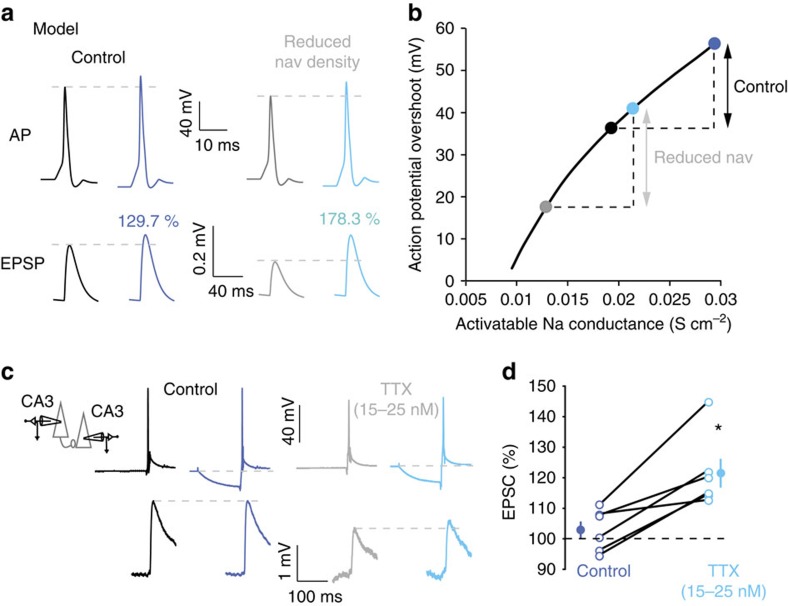Figure 7. Decreasing Nav channel density with TTX enhances h-ADF.
(a) Reduction of Nav channel density in the model of h-ADF. Under control conditions (left), h-ADF amounts to +30%. After reducing the Nav channel density (70% of the control, right), h-ADF is increased to +80%. (b) Modulation of the presynaptic spike amplitude as a function of activatable Na conductance. Under control conditions, the hyperpolarization from −78 to −93 mV only slightly increases the spike amplitude (black double arrow). When the Nav channel density is reduced, the increase in the spike amplitude is enhanced by 20% (light-blue double arrow). (c) Experimental reduction of Nav density with TTX. Under control condition (left), this connection expresses no h-ADF. When a low concentration of TTX is added, transmission is preserved and h-ADF is now visible (right). (d) Quantitative data for six mature CA3–CA3 connections (DIV 20–32). Star: Wilcoxon, P<0.05.

